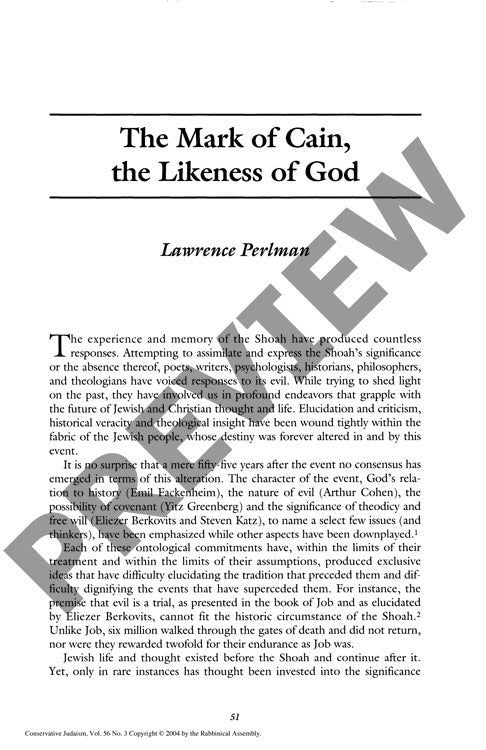The Mark of Cain the Likeness of God
Couldn't load pickup availability
The biblical story of Cain and Abel illuminates a critical blind spot in Holocaust theology: the fundamental connection between human beings as divine image-bearers and the intentional desecration of that image through genocidal murder. While prominent post-Holocaust theologians like Steven Katz, Ismar Schorsch, and Emil Fackenheim have grappled with questions of evil, covenant, and historical uniqueness, their frameworks overlook this essential ontological dimension. Through critical analysis of major theological positions and hermeneutical examination of Genesis 1-4, a more profound pattern emerges: the Shoah represents a historical manifestation of the Cain-Abel dynamic, wherein perpetrators abandoned their divine likeness while systematically attempting to destroy a people whose very identity centers on that divine image. Theological categories of history, evil, and covenant prove insufficient when separated from this foundational anthropological reality. Any authentic post-Shoah theology must recognize that both murderers and victims exist within the tension between bearing God's image and carrying Cain's mark - a paradigm that transcends debates about historical uniqueness or cosmic chaos by anchoring theological discourse in the biblical understanding of human nature and its capacity for both divine reflection and murderous degradation.

More Information
-
Physical Description
-
Publication Information
Published 2004
ISBN
-
Publication Credits
Lawrence Perlman

